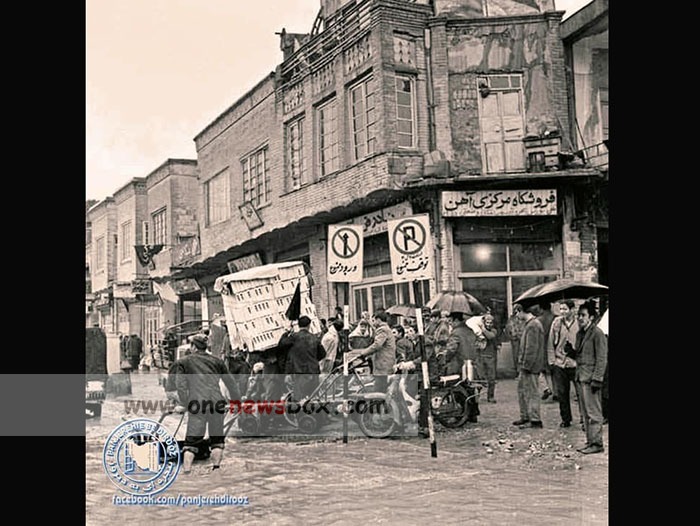[custom_adv]
- Damage to Infrastructure: One of the major consequences of the flood was the severe damage caused to the city’s infrastructure. Roads were washed away, and the drainage systems, which had been overwhelmed by the unprecedented rainfall, were left in disrepair. Many underpasses, bridges, and other vital transportation routes were temporarily closed, causing major disruptions in commuting for residents. The floodwaters also caused damage to power lines and telecommunications infrastructure, leading to outages and communication breakdowns.
- Humanitarian Efforts: In the immediate aftermath of the storm, the Iranian Red Crescent Society and local volunteers stepped in to provide aid to the affected communities. People were evacuated from flooded areas, and relief efforts were launched to provide food, shelter, and medical care. The scale of the disaster highlighted the need for better emergency response systems, and local authorities began working to enhance the city’s preparedness for future natural events.
- Long-Term Urban Planning Changes: Perhaps the most significant long-term effect of the 1968 floods was the push for improved urban planning and infrastructure development. The event underscored the urgent need for Tehran to modernize its drainage systems, especially in areas prone to flooding. New policies and measures were implemented to address the risks posed by future floods. The government began to invest in flood prevention infrastructure, including the construction of better drainage systems, the reinforcement of key buildings, and the development of better early warning systems. Urban planners also started to take into account the topography and natural drainage routes of the city when designing new neighborhoods and industrial areas.

